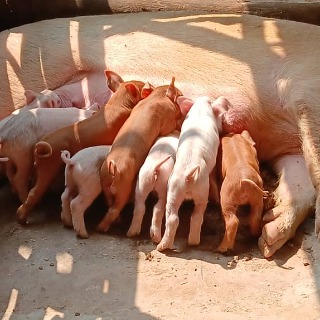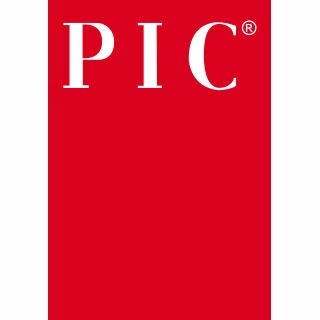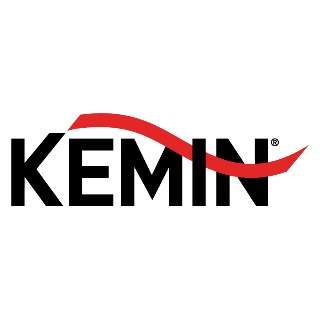
Joaquim Segalés
CReSA - UAB - Spain AuthorJoaquim Segalés i Coma was born in Vic (Barcelona) in 1968, he graduated at the Veterinary Faculty of the Universitat Autónoma de Barcelona (UAB) in 1991. He then received a doctorate in Veterinary Science in 1996 at the same university after having spent 15 months at the University of Minnesota (UM) in the USA, under the codirectorship of Dr. Mariano Domingo (UAB) and Dr. Carlos Pijoan (UM). In 2000 he achieved a diploma at the European College of Veterinary Pathology (ECVP). In year 2004 he graduated at the European College of Porcine Health and Management (ECPHM), of which he is a founding member and its current vice-president. He currently works as professor at the Department of Animal Anatomy and Welfare at the Veterinary Faculty of the UAB, where he teaches in the area of pathologic anatomy and porcine clinic. He is also the Director of the Centre de Recerca en Sanitat Animal (CReSA).
Dr. Segalés has taken part in numerous research projects, at both a national and a European level. He is especially skilled in different porcine diseases and has collaboration agreements with different enterprises, both national and European, that are involved in the sector. Of the many lines of research that he has participated in, the most important are the Porcine Reproductive and Respiratory Syndrome Virus (PRRSV), Haemophilus parasuis, the Aujeszky Disease Virus (ADV), the Hepatitis E Virus (HEV), torque teno sus virus and diseases associated with Porcine Circovirus type 2 (PCV2). It is also worth mentioning that Dr. Segalés participated in the first identification in Spain of the Post-weaning Multi-System Wasting Syndrome or Porcine Circovirus in 1997 and of the Porcine Dermatitis and Nephropathy Syndrome in 1996. As a result of these investigations he is the co-author of more than 200 articles published in international scientific journals, as well as being co-author of ten chapters of books with international prestige of which perhaps the most important is Porcine circovirus diseases in the 9th and 10th edition of the book Diseases of Swine. He is also the co-author of a book on swine livestock necropsy as well as three books on clinical cases in swine.
Updated CV 14-May-2013
 Veterinary practitioner/consultant
Jose Casanovas
Spain
13
Publications
147
Followers
Veterinary practitioner/consultant
Jose Casanovas
Spain
13
Publications
147
Followers
 Veterinary practitioner/consultant
Joan Barbosa
Spain
3
Followers
Veterinary practitioner/consultant
Joan Barbosa
Spain
3
Followers
 Agronomist
Javier Lorente Martin
Spain
14
Publications
299
Followers
Agronomist
Javier Lorente Martin
Spain
14
Publications
299
Followers
 Veterinary practitioner/consultant
cesar roberto bahamon cortes
Costa Rica
5
Followers
Veterinary practitioner/consultant
cesar roberto bahamon cortes
Costa Rica
5
Followers
 Agronomist
Xavier Salamó
Spain
16
Publications
429
Followers
Agronomist
Xavier Salamó
Spain
16
Publications
429
Followers
 Veterinary practitioner/consultant
Isidro Lázaro Etxarren
Spain
16
Followers
Veterinary practitioner/consultant
Isidro Lázaro Etxarren
Spain
16
Followers
 Veterinary practitioner/consultant
RAÚL RUBIO GONZÁLEZ
Spain
7
Followers
Veterinary practitioner/consultant
RAÚL RUBIO GONZÁLEZ
Spain
7
Followers
 Veterinary practitioner/consultant
Álvaro Aguarón Turrientes
Spain
72
Followers
Veterinary practitioner/consultant
Álvaro Aguarón Turrientes
Spain
72
Followers
 Agronomist
Santiago Salazar
Mexico
3
Followers
Agronomist
Santiago Salazar
Mexico
3
Followers
 Agronomist
Otto Trinidad Quispe
Peru
1
Followers
Agronomist
Otto Trinidad Quispe
Peru
1
Followers
 Veterinary practitioner/consultant
van Herten Wouter
Netherlands
9
Followers
Veterinary practitioner/consultant
van Herten Wouter
Netherlands
9
Followers
 Meat industry
oscar gonzalez boto
Colombia
2
Followers
Meat industry
oscar gonzalez boto
Colombia
2
Followers
 Agronomist
HUBERTO FUENTES
Spain
15
Followers
Agronomist
HUBERTO FUENTES
Spain
15
Followers
 Veterinary practitioner/consultant
Miquel Crisol
Spain
82
Publications
454
Followers
Veterinary practitioner/consultant
Miquel Crisol
Spain
82
Publications
454
Followers
 Veterinary practitioner/consultant
Juan Carlos Silva León
Mexico
26
Followers
Veterinary practitioner/consultant
Juan Carlos Silva León
Mexico
26
Followers
 Veterinary practitioner/consultant
Juan Hernández Garcia
United Kingdom
28
Followers
Veterinary practitioner/consultant
Juan Hernández Garcia
United Kingdom
28
Followers
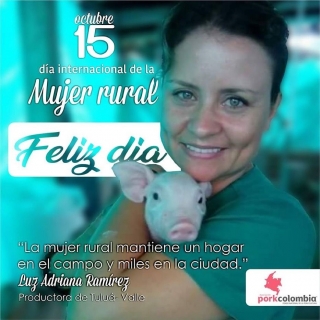 Veterinary practitioner/consultant
luz adriana ramirez luna
Colombia
10
Publications
105
Followers
Veterinary practitioner/consultant
luz adriana ramirez luna
Colombia
10
Publications
105
Followers
 Agronomist
Victor Arias
Spain
4
Followers
Agronomist
Victor Arias
Spain
4
Followers
 Veterinary practitioner/consultant
Adrian Balaban
Romania
12
Followers
Veterinary practitioner/consultant
Adrian Balaban
Romania
12
Followers
 Agronomist
Pedro Diaz Nafria
Spain
8
Followers
Agronomist
Pedro Diaz Nafria
Spain
8
Followers
 Veterinary practitioner/consultant
Juan Felipe Giraldo Rios
Colombia
30
Followers
Veterinary practitioner/consultant
Juan Felipe Giraldo Rios
Colombia
30
Followers
 Pig producer
Salomon Nkolo
United Kingdom
1
Publications
1
Followers
Pig producer
Salomon Nkolo
United Kingdom
1
Publications
1
Followers
 Company
pig333
Spain
180
Publications
967
Followers
Company
pig333
Spain
180
Publications
967
Followers
 Pig producer
Andreu Rúbies Pinyol
Spain
32
Followers
Pig producer
Andreu Rúbies Pinyol
Spain
32
Followers
 Veterinary practitioner/consultant
Juan Antonio Mesonero Escuredo
Spain
41
Followers
Veterinary practitioner/consultant
Juan Antonio Mesonero Escuredo
Spain
41
Followers
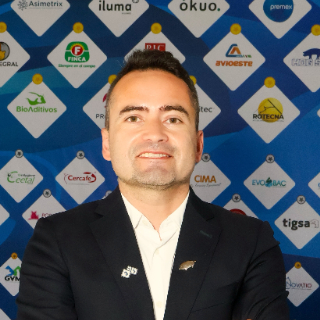 Veterinary practitioner/consultant
Reinaldo Cubillos
Chile
52
Publications
344
Followers
Veterinary practitioner/consultant
Reinaldo Cubillos
Chile
52
Publications
344
Followers
 Pig producer
João Correia
Portugal
1
Publications
3
Followers
Pig producer
João Correia
Portugal
1
Publications
3
Followers
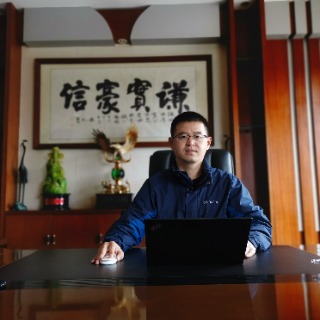 Veterinary practitioner/consultant
Raymond Qu
China
3
Followers
Veterinary practitioner/consultant
Raymond Qu
China
3
Followers
 User
Jordi Coletas Rial
Spain
35
Followers
User
Jordi Coletas Rial
Spain
35
Followers
 Agronomist
FERNANDO ARTACHO
Brazil
5
Followers
Agronomist
FERNANDO ARTACHO
Brazil
5
Followers
 Veterinary practitioner/consultant
Pilar Angás Pajas
Spain
4
Followers
Veterinary practitioner/consultant
Pilar Angás Pajas
Spain
4
Followers
 Agronomist
souzi flora
Greece
2
Followers
Agronomist
souzi flora
Greece
2
Followers

